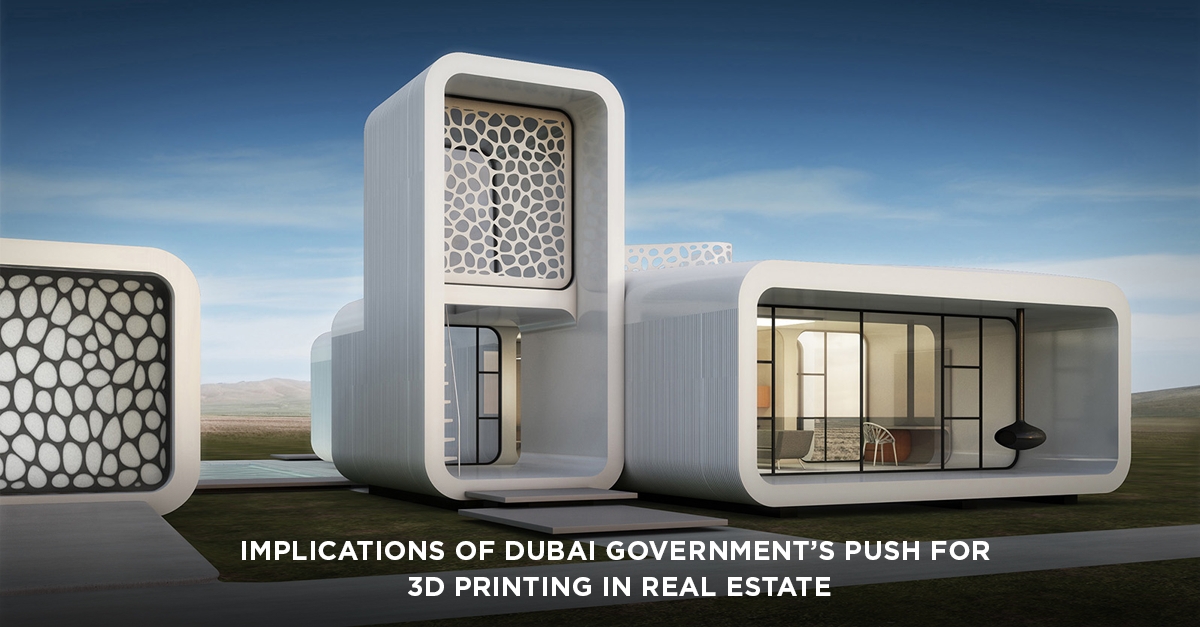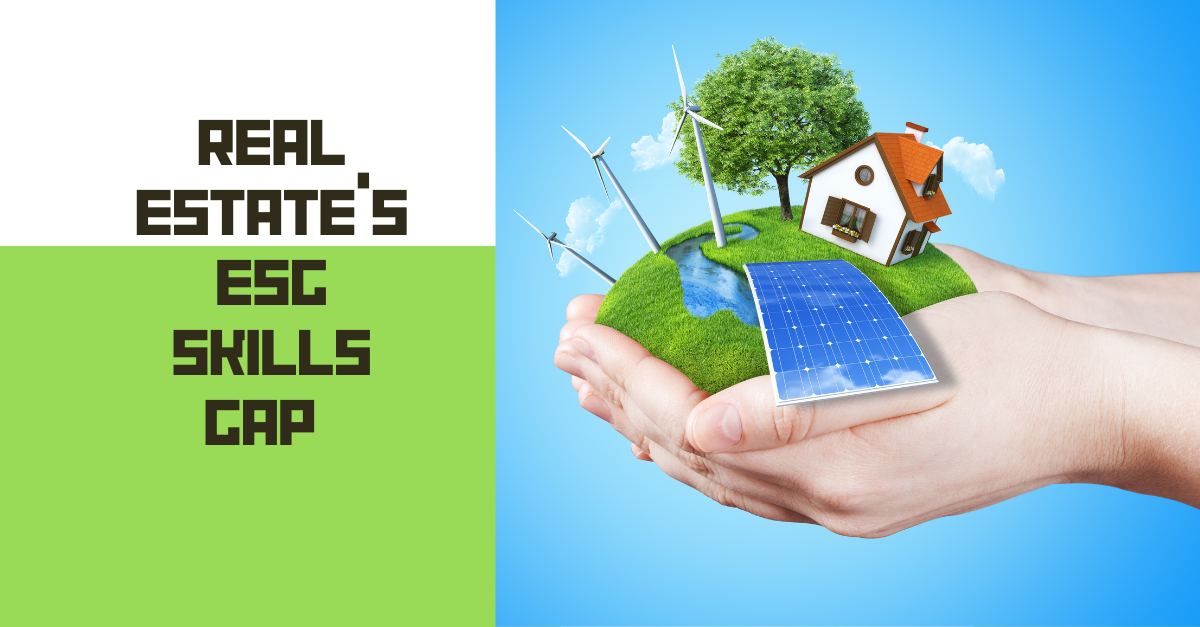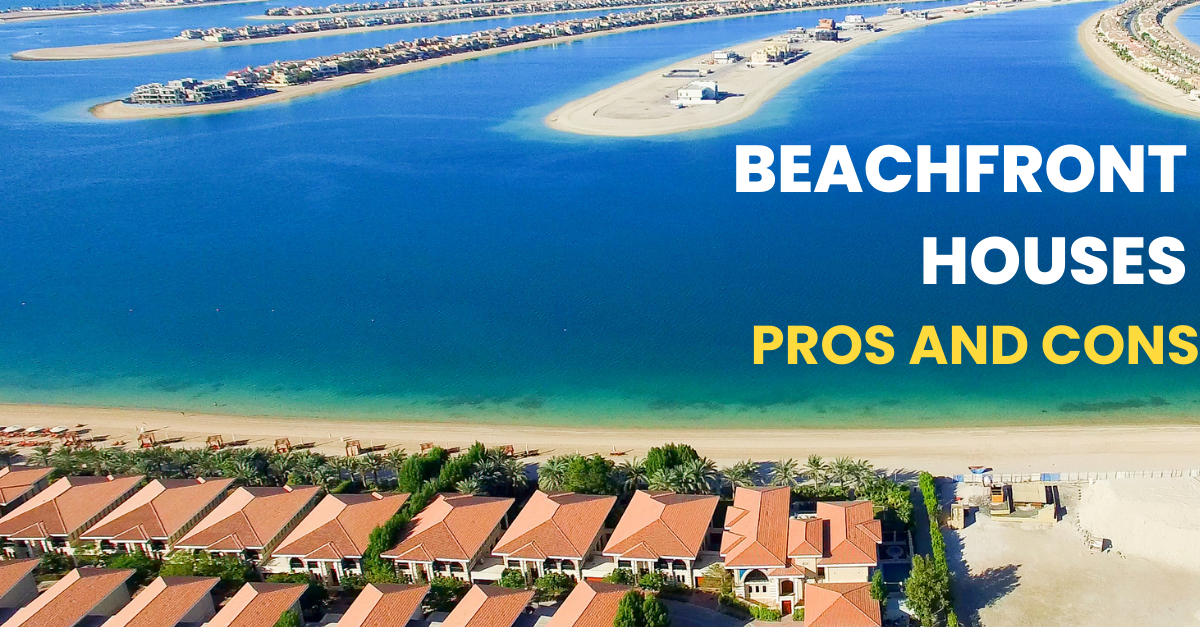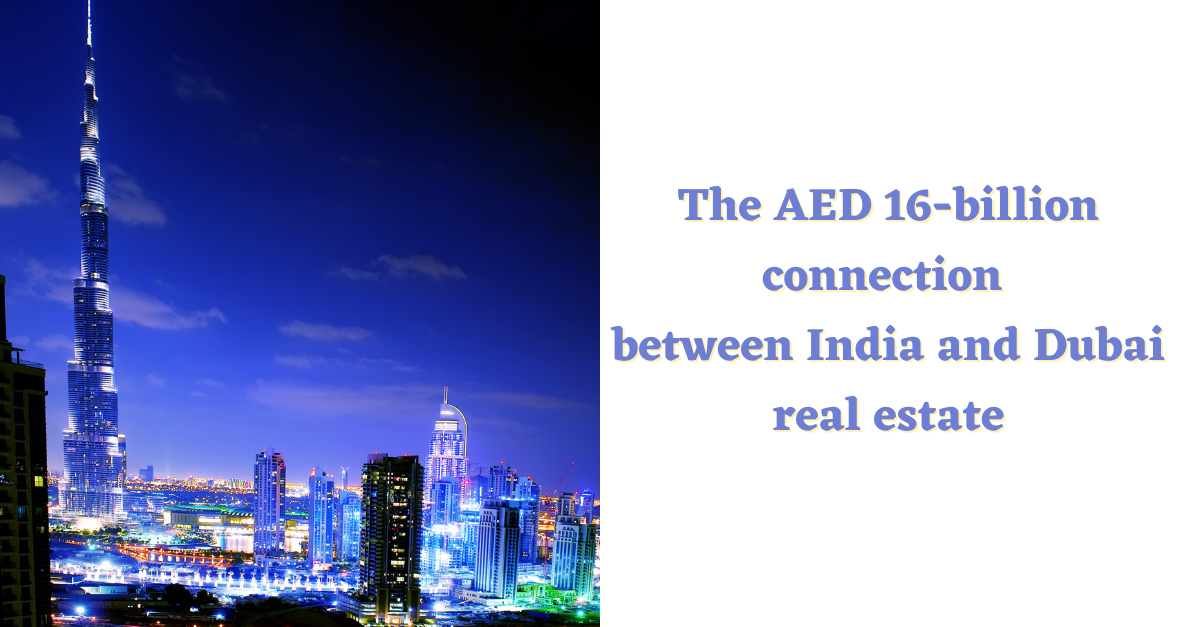Implications of Dubai government’s push for 3D printing in real estate
The information age has redefined possibilities, enabling groundbreaking technological advancements. New capabilities and techniques are adding to the capacities of traditional industries, and one such innovation holds the promise to address the mass housing shortages precipitated by overpopulation and economic limitations. As of now, across the world, at least 330 million urban households lack basic living standards, and its occupants are deprived of financial means to upgrade, leaving the onus on local governing bodies (1). Against this backdrop, 3D printing offers a sustainable solution—both cost-effective and time-sensitive. Taking note of existing opportunities and future scope of 3D printing, advanced nations are keen on harnessing its potential. The Dubai 3D Printing Strategy, conceived in 2016, is one such initiative which aims to 3D print 25% of future real estate projects in the city, with Dubai on course to becoming a leader in the segment by 2030. Concurrently, developers in the US and Chinese markets too have made remarkable headway in the past couple of years, and these early projects are likely to eventually lead to wider adoption around the world.
Dubai Municipality recently inaugurated its new innovation centre in Al Warsan. The inception of the new building marks an important milestone in Dubai government’s push for the application of 3D printing in real estate. Standing 9.5 mts. tall and spanning 640 sq.mts., the fully-functional 3D-printed building is the second of its kind in Dubai, following the construction of a 3D-printed office in the premises of the Emirates Towers in May, 2016 (2). The new two-storey structure holds the Guinness World Record for the largest 3D-printed structure by volume, and according to the Director General of Dubai Municipality, Dawoud Al Hajiri, reduces manual labour and construction waste by 50% and 60% respectively, besides adhering to sustainability and green building standards. The findings present a strong argument for the possibilities of 3D printing as a viable alternative, capable of disrupting the status quo and pushing the construction boundaries.
Charm of 3D printing
In its fundamental form, 3D printing is a process of building a three-dimensional object using a CAD model. The technology is finding applications in medicine, food, rapid prototyping and manufacturing, apart from the construction sector. First and foremost, the cost-effectiveness of 3D printing is undeniable. For instance, conventional construction of the Al Warsan innovation centre would have cost AED 2.5 million, while 3D printing kept construction costs within AED 1 million, without compromising on quality and durability. As an additive manufacturing technique, which adds raw materials layer by layer, 3D printing does not require large workforce and material waste is reduced significantly. The cost-effectiveness argument becomes more significance on the back of McKinsey’s findings that, across the world, one-third of urban dwellers will find decent housing out of their reach by 2025, due to cost.
Another compelling attribute of 3D printing is the time factor. A 1000 sq. ft. modular home was 3D printed recently in Nantes, France in a mere 54 hours, while San Francisco-based Apis Cor—the first company to develop specialized 3D printing equipment for construction—is reported to have printed a house in 24 hours (3). Considering the same house would require no less than 30 days by conventional construction standards, the difference in construction time is very remarkable indeed. Experts also believe 3D printing promotes workplace inclusion, as printing operations are inherently age and gender-neutral, due to a reduction of dependence on hard labour. Owing to reduced carbon footprint and construction waste, 3D printing offers a highly eco-friendly and sustainable alternative to existing models. Research is currently underway to assess a wider range of raw materials in 3D printing, including but not limited to locally-accessible materials and waste plastics that are polluting and choking marine life.
Implications
Dubai has already sanctioned multiple 3D printing projects, working in conjunction with Russian and US-based firms. Emaar has been commissioned to 3D-print a mega housing project in Arabian Ranches III (4). Based on the precedent of existing 3D-printed structures, and benchmarks established in the ‘Dubai 3D printing strategy’, policy makers in Dubai are optimistic that the technology combines affordability, sustainability and ultra-functional fabrication. These are advantages that should gain favour among the city’s developer community as well, as a means to respond to market saturation and price deflation.
With sustainability and green development gaining widespread mainstream support in Dubai, 3D-printing makes a strong case, as a cutting edge alternative construction practice with numerous benefits. Although one does need to be mindful of the uncertainty the technology could spell for the labour force of the construction industry, with efficient and timely upskilling – an existing priority driven by the likes of ‘Dubai Cares’ – such unintended, adverse effects can be mitigated.
As a benefits-outweighs-drawbacks proposition, 3D printing is here to stay and thrive in Dubai. Dubai is capable of harnessing the groundbreaking technology to its fullest potential, thanks to its progressive leadership and financial prowess. Although the technology is currently in its nascent stage, the day is not far away when Dubai is 3D-printing projects as diverse as a skyscraper, a mall or a housing complex, in days, rather than months.
- https://www.mckinsey.com/~/media/mckinsey/featured%20insights/urbanization/tackling%20the%20worlds%20affordable%20housing%20challenge/mgi_affordable_housing_full%20report_october%202014.ashx
- https://gulfnews.com/uae/dubai-opens-largest-3-d-printed-building-in-al-warsan-1.67334330
- https://www.jll.com.tw/en/trends-and-insights/cities/3d-printed-buildings-push-construction-boundaries
- https://whatson.ae/dubai/2019/07/emaar-to-build-its-first-3d-printed-house-in-dubai/




